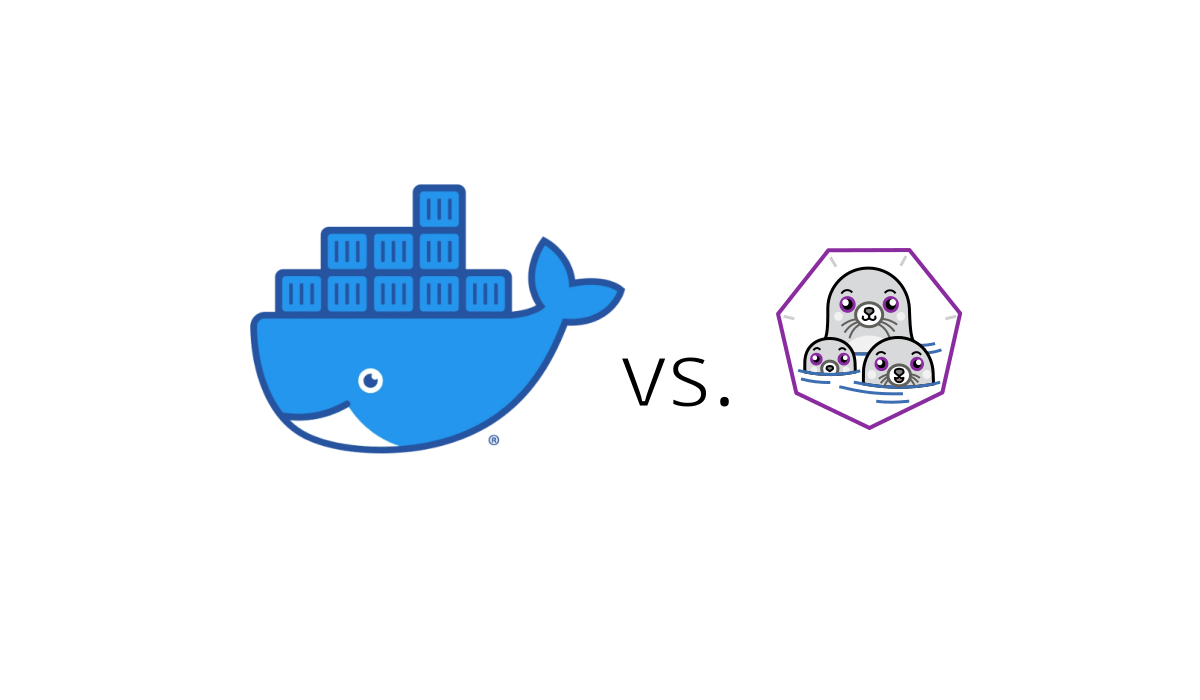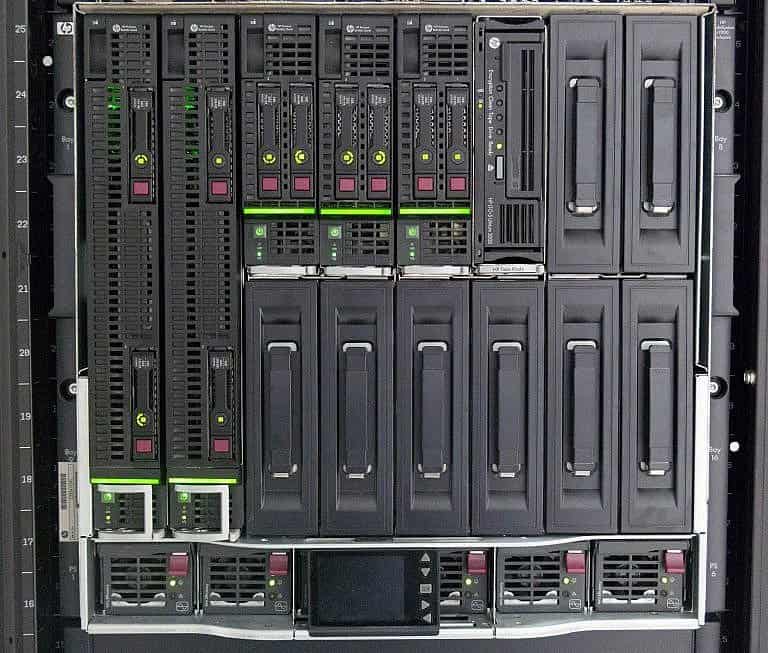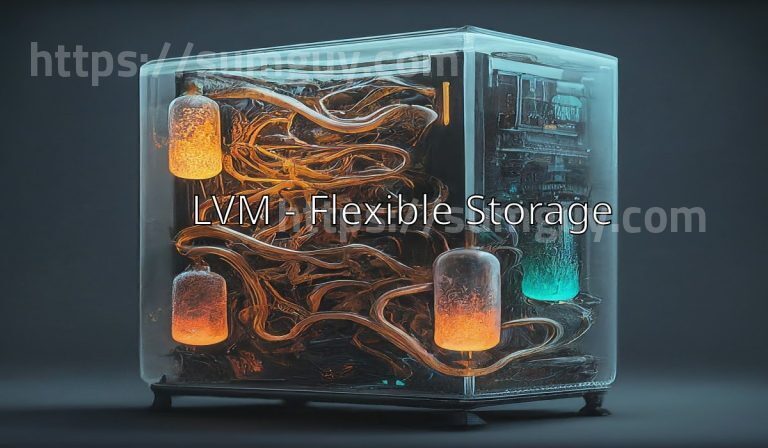Docker vs Podman: Key Differences
Containerization has become a crucial part of modern software development, offering a lightweight and efficient way to run applications across different environments. While Docker has been the go-to solution for containerization, Podman has emerged as a compelling alternative. This article provides an overview of Docker and Podman, compares their features and performance, and discusses the pros and cons for developers.
Overview of Docker
Docker is an open-source platform that automates the deployment, scaling, and management of applications inside containers. It was initially released in 2013 and has since become synonymous with containerization. Docker abstracts the operating system layer, enabling developers to package applications with all their dependencies into standardized units (containers) that can run seamlessly across various environments.
Key Components of Docker
- Docker Engine: The runtime that builds and runs containers.
- Docker Hub: A cloud-based repository for sharing and distributing Docker images.
- Docker Compose: A tool for defining and running multi-container Docker applications using YAML files.
- Docker Swarm: Docker’s native clustering and orchestration tool.
Overview of Podman
Podman (short for “Pod Manager”) is an open-source, daemonless container engine developed by Red Hat as part of the libpod library. Released in 2018, Podman is designed to work seamlessly with Docker-compatible tools and commands, offering a drop-in replacement for many Docker use cases. One of its key features is the ability to run containers without requiring a centralized daemon.
Key Components of Podman
- libpod: The core library supporting Podman.
- CRI-O: A lightweight container runtime specifically for Kubernetes, often used alongside Podman.
Comparison of Features and Performance
1. Daemonless Architecture
Docker:
- Relies on the Docker daemon (
dockerd) to manage containers. - Requires root privileges to run the daemon, posing potential security risks.
Podman:
- Does not require a daemon; uses a fork-exec model to run containers.
- Can run containers rootless (without requiring root privileges), enhancing security.
# Docker: Starting a container
docker run -d nginx
# Podman: Starting a container
podman run -d nginx2. Compatibility
Docker:
- Widely supported and integrated with numerous CI/CD tools, cloud platforms, and orchestration systems.
- Uses the Dockerfile format for container image definitions.
Podman:
- Fully compatible with Docker CLI commands, making migration easier.
- Supports Dockerfile and other OCI-compliant image formats.
# Docker: Building an image
docker build -t myapp .
# Podman: Building an image
podman build -t myapp .3. Container Management
Docker:
- Containers are managed by the Docker daemon, which can lead to a single point of failure.
Podman:
- Each container is managed independently, reducing the risk of a single point of failure.
- Supports the concept of pods (groups of containers sharing the same network namespace), similar to Kubernetes.
# Docker: Listing containers
docker ps
# Podman: Listing containers
podman ps4. Performance
Docker:
- Generally high performance due to its mature and optimized architecture.
- The Docker daemon can, however, become a bottleneck under heavy load.
Podman:
- Lightweight and often more performant in scenarios where daemon overhead can be avoided.
- Rootless containers can have performance implications, though often negligible for development use cases.
5. Security
Docker:
- Requires root privileges to run the Docker daemon, which can introduce security vulnerabilities (docker does have rootless mode also.)
- Uses seccomp, AppArmor, and other mechanisms to provide sandboxing and isolation.
Podman:
- Rootless mode enhances security by allowing non-privileged users to run containers.
- Uses the same OCI runtime (runc) as Docker for container isolation but without the daemon overhead.
Pros and Cons for Developers
Docker
Pros:
- Extensive ecosystem and community support.
- Mature tooling and integrations with CI/CD pipelines, cloud services, and orchestration frameworks.
- Well-documented and widely adopted, making it easier to find solutions and support.
Cons:
- Centralized daemon can be a single point of failure.
- Requires root privileges to run the daemon, posing potential security risks.
- Resource overhead due to daemon management.
Podman
Pros:
- Daemonless architecture reduces single points of failure and improves security.
- Rootless containers enhance security by allowing non-privileged users to run containers.
- Compatible with Docker CLI and Dockerfile, aiding in easy migration.
Cons:
- Smaller ecosystem and community compared to Docker, though rapidly growing.
- Limited integrations compared to Docker, especially in certain CI/CD pipelines and cloud services.
- Rootless mode may have minor performance implications.
Conclusion
Both Docker and Podman offer robust solutions for containerization, each with its own set of features and benefits. Docker’s mature ecosystem and extensive integrations make it an excellent choice for many developers, while Podman’s daemonless architecture and enhanced security features provide compelling advantages, especially in environments where security is paramount. Understanding the key differences between these two tools can help developers make informed decisions based on their specific needs and use cases. Whether you choose Docker, Podman, or even both, mastering these tools will undoubtedly enhance your ability to build, deploy, and manage containerized applications effectively.







